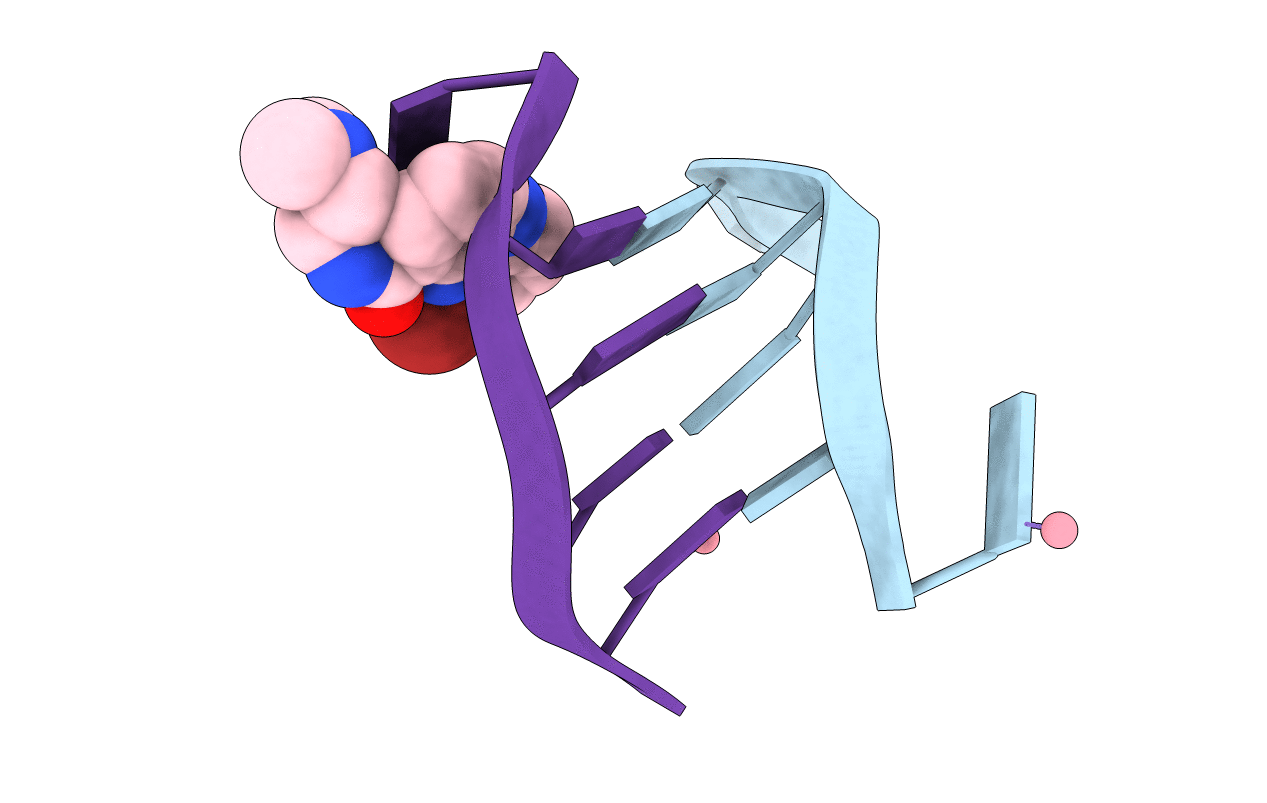
Deposition Date
2000-02-14
Release Date
2001-01-03
Last Version Date
2024-02-07
Entry Detail
PDB ID:
1EG6
Keywords:
Title:
CRYSTAL STRUCTURE ANALYSIS OF D(CG(5-BRU)ACG) COMPLEXES TO A PHENAZINE
Biological Source:
Source Organism:
Method Details:
Experimental Method:
Resolution:
2.00 Å
R-Value Free:
0.34
R-Value Work:
0.22
R-Value Observed:
0.22
Space Group:
C 2 2 2


